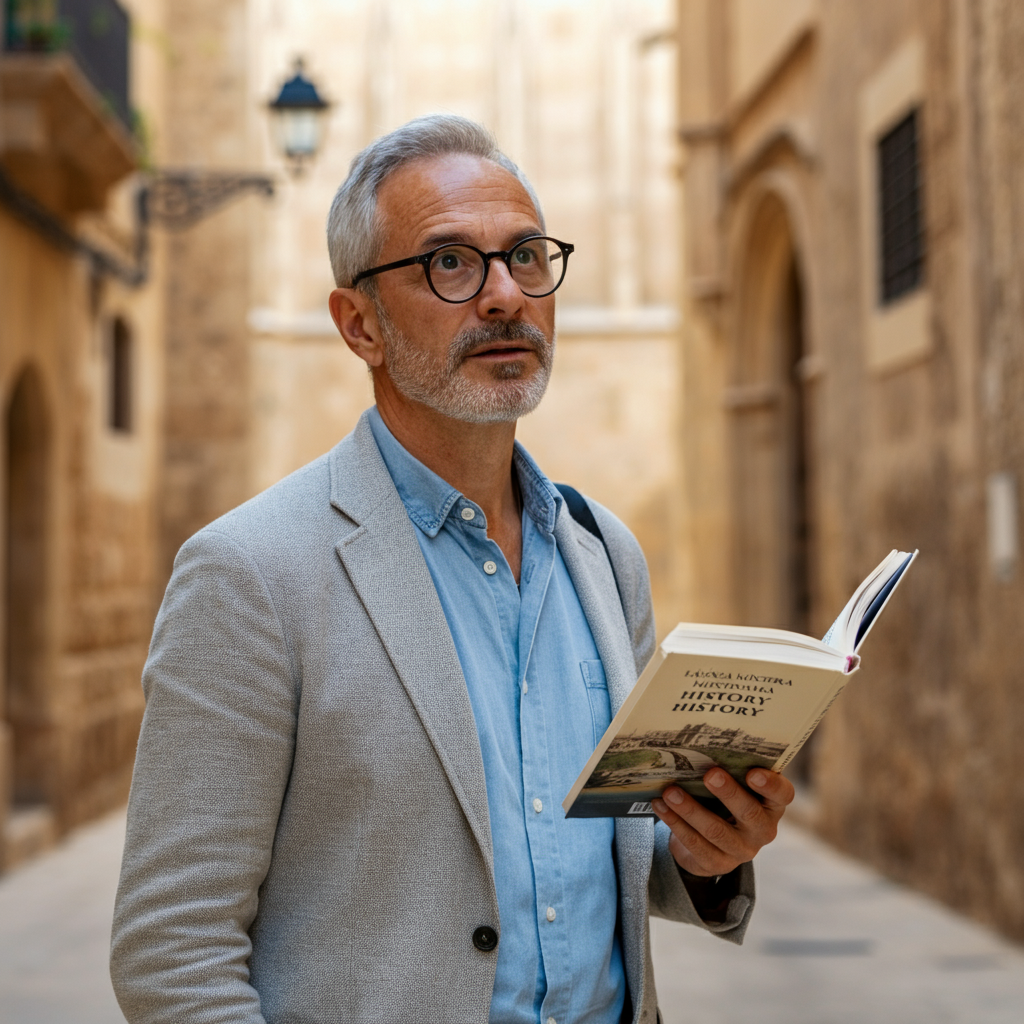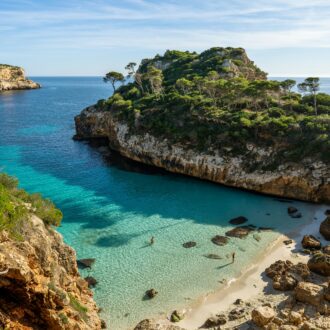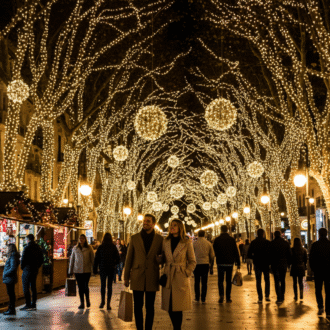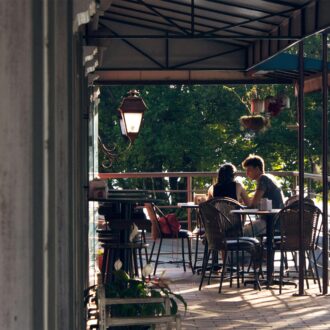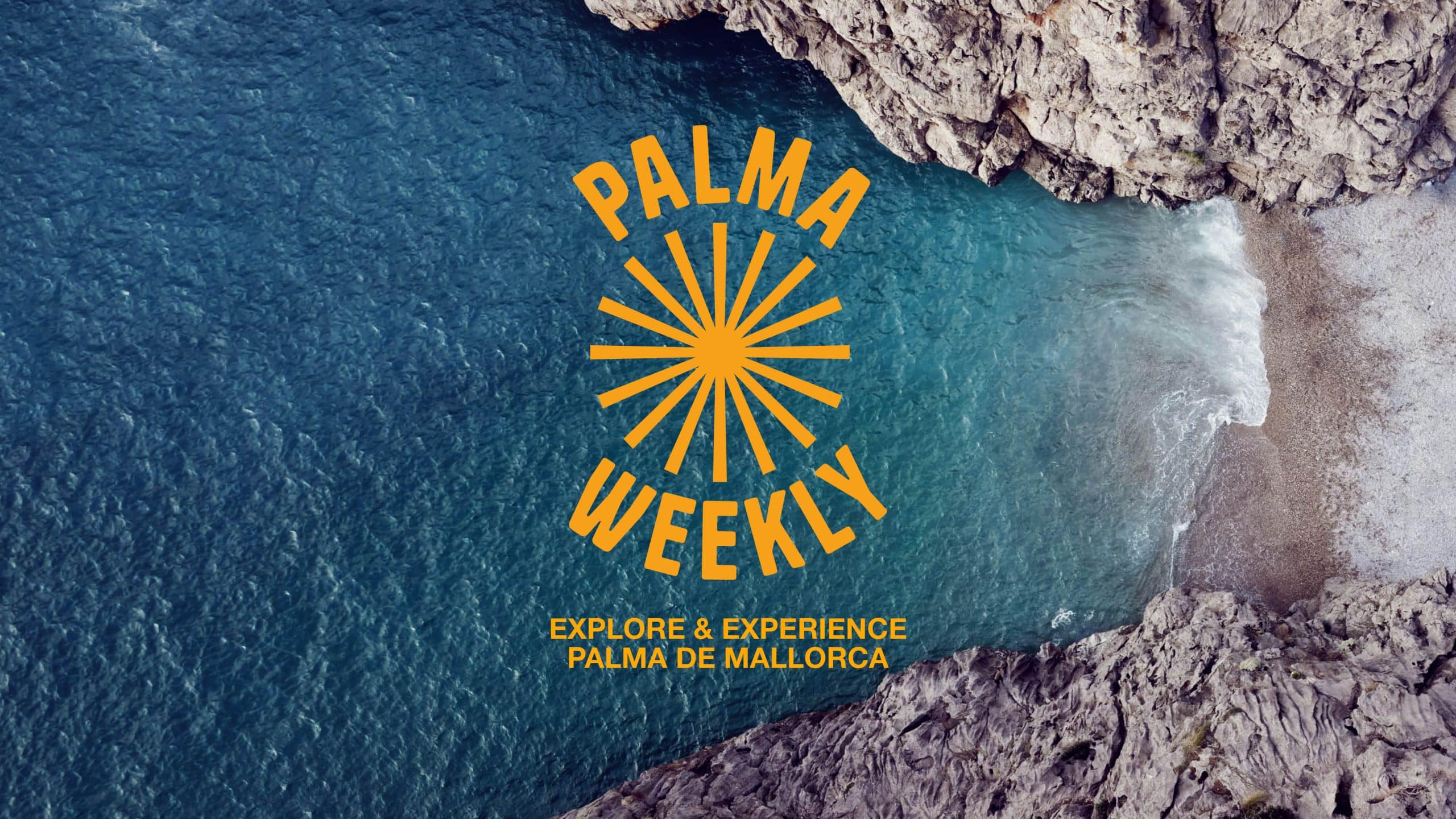Lluc Monastery, Mallorca – The Spiritual Heart of the Tramuntana

Where Mallorca’s Faith Meets Its Mountains
Nestled 525 metres above sea level in the heart of the Serra de Tramuntana, Lluc Monastery (Santuari de Lluc) is one of Mallorca’s most symbolic and spiritual sites. Surrounded by pine forests and mountain ridges, it has welcomed pilgrims, travellers, and nature lovers for centuries. The air feels cooler, the pace slower — a place of peace where faith, history, and landscape blend into one.
This is not a roadside stop but a destination in itself — a living monastery, museum, school, and hiking base that reveals a quieter, deeper side of the island.
🚗 Getting to Lluc
Located near Escorca, about 48 km north of Palma, Lluc is easily reached from both Palma and the island’s inland towns.
| Route | Duration | Notes |
| From Palma | ~1 hr 10 min | MA-13 to Inca, then MA-2130 through Selva and Caimari |
| From Pollença | ~35 min | Via MA-10 mountain road |
| By public transport | Seasonal TIB 330 bus from Inca → Lluc | |
| On foot or by bike | Via the Camí Vell de Lluc pilgrimage trail |
👉 Car hire tip: Book a compact car in advance with Discover Cars — perfect for navigating the narrow Tramuntana roads.
Interested in the full drive from Palma? See our dedicated Road Trip: Palma → Lluc Monastery for stops, viewpoints, and cultural highlights along the route.
🕍 Visiting Lluc Monastery
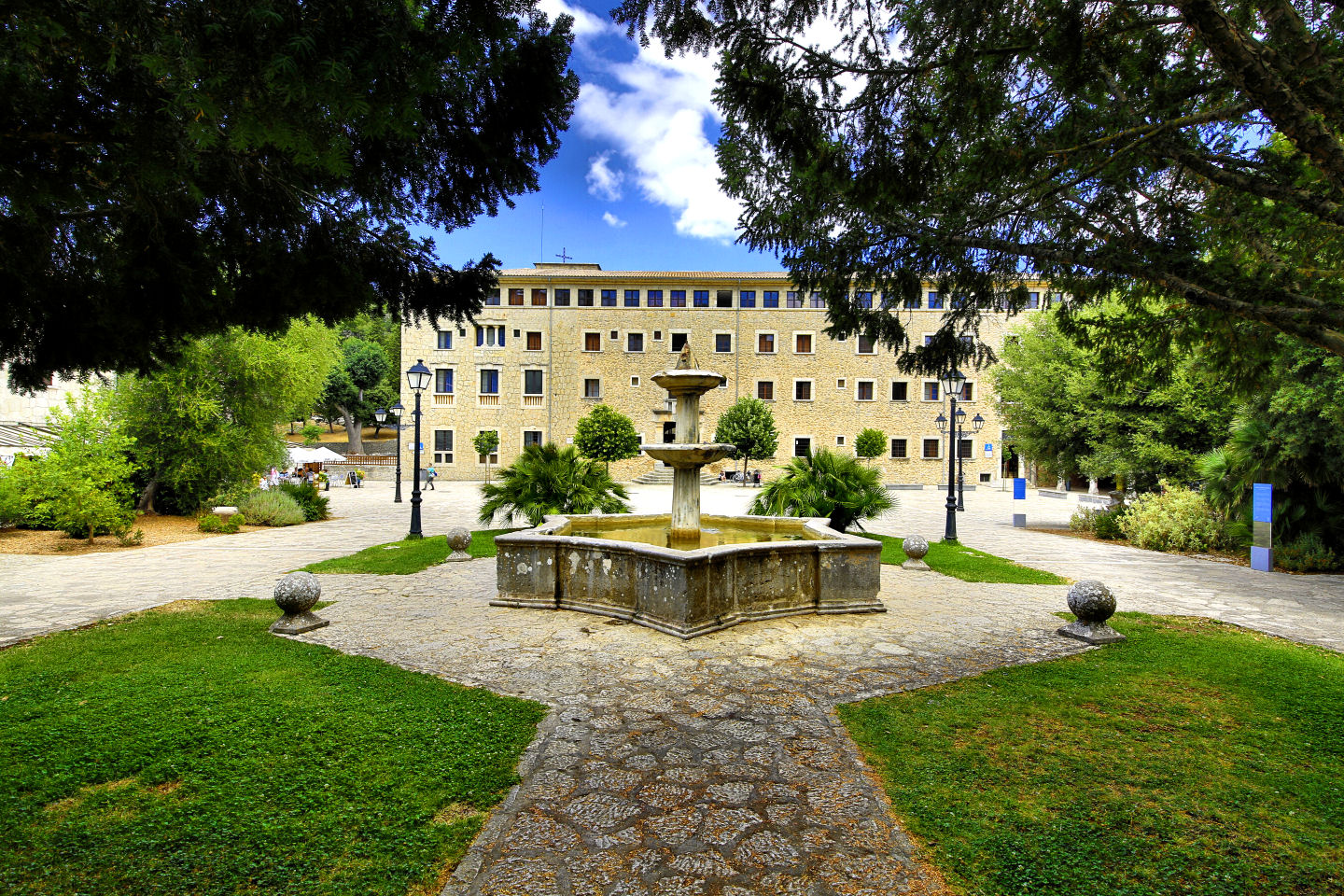
| Detail | Information |
| Founded | 13th century (legend of the Virgin of Lluc) |
| Entrance | Free (museum & gardens small fee) |
| Opening hours | Daily 08:00–20:00 |
| Location | Escorca, 525 m elevation |
Lluc is both monastery and sanctuary, dedicated to Our Lady of Lluc, Mallorca’s patron saint. Legend tells of a shepherd who found a small statue of the Virgin in the mountains; each time it was moved, it mysteriously reappeared here — inspiring the construction of the sanctuary.
Today, the complex includes a basilica, museum, botanical garden, pilgrim accommodation, and the Blauets Choir School, one of the oldest in Europe.
Official Website: Lluc Monastery
✨ What to See & Do at Lluc
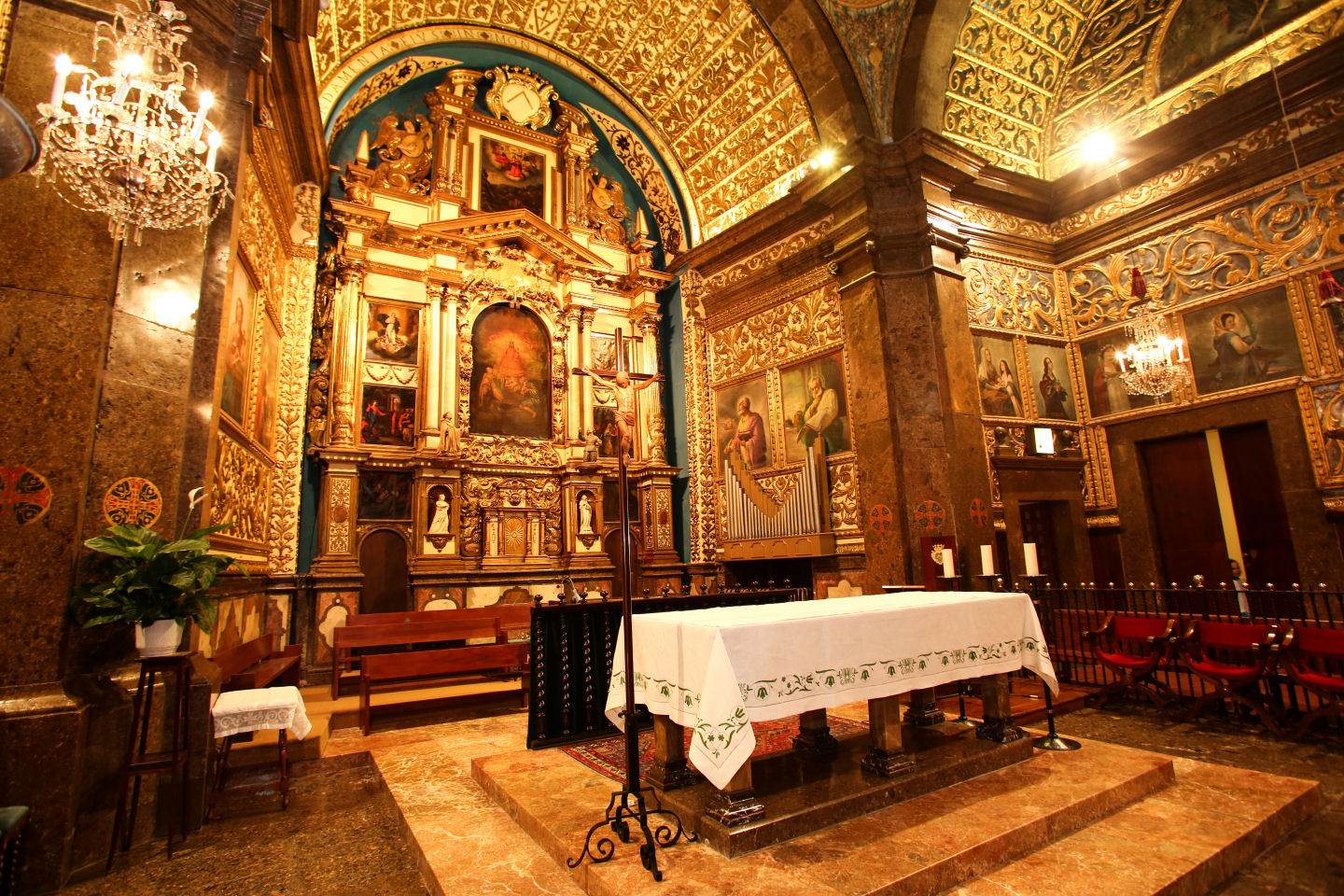
| Experience | Description |
| Visit the Basilica & Black Madonna | The heart of Lluc — serene, candle-lit, and deeply atmospheric. |
| Museu de Lluc | Art, archaeology, and island culture spanning centuries. |
| Walk the Holy Path (Camí del Roser) | A short circular walk around the sanctuary with stations of the cross. |
| Botanical Garden | Native plants, shade, and picnic spots. |
| Attend the Blauets Choir | Daily singing by the monastery’s boy choir — hauntingly beautiful. |
| Stay Overnight | Guest rooms allow visitors to experience Lluc at dawn and dusk. |
🏨 Staying at Lluc & Nearby
| Accommodation | What to Expect | Best For |
| Santuari de Lluc Guesthouse | Simple, peaceful rooms inside the monastery | Pilgrims · Hikers |
| Finca Son Ametler (Selva) | Rural hotel en route to Lluc | Couples · Cyclists |
| Ca’n Beneït (Caimari) | 5★ agroturismo amid olive groves | Luxury · Nature lovers |
| Monnaber Nou (Campanet) | Country estate with spa & pool | Families · Road trippers |
🥾 Hiking & Cycling from Lluc
- Camí Vell de Lluc: Historic 9 km trail linking Caimari and Lluc — ideal half-day hike.
- Puig de Massanella: Mallorca’s second-highest peak; trailhead near Lluc (permit required).
- Cycling ascent from Caimari: 8.4 km climb at 6% gradient — a classic for serious riders.
Tip: Early morning is best for cooler air and views — the descent to Caimari glows in golden light.
🎭 Cultural Life & Local Traditions
- Choir Performances: The Blauets de Lluc perform daily (check schedule).
- Pilgrimage: The Pujada a Lluc a Peu draws thousands each August, walking overnight from Palma.
- Local Cuisine: Taste pa amb oli, sobrasada, and gató d’ametlla (almond cake) at the sanctuary café — all local favourites.
💡 Practical Information
- Arrive before 11:00 to avoid day-trip crowds.
- Parking is free but limited at midday.
- Temperatures can be 5–8°C cooler than Palma — bring a jacket.
- Stay for sunset — the monastery bells echo through the valley.
🕰️ History & Did You Know?
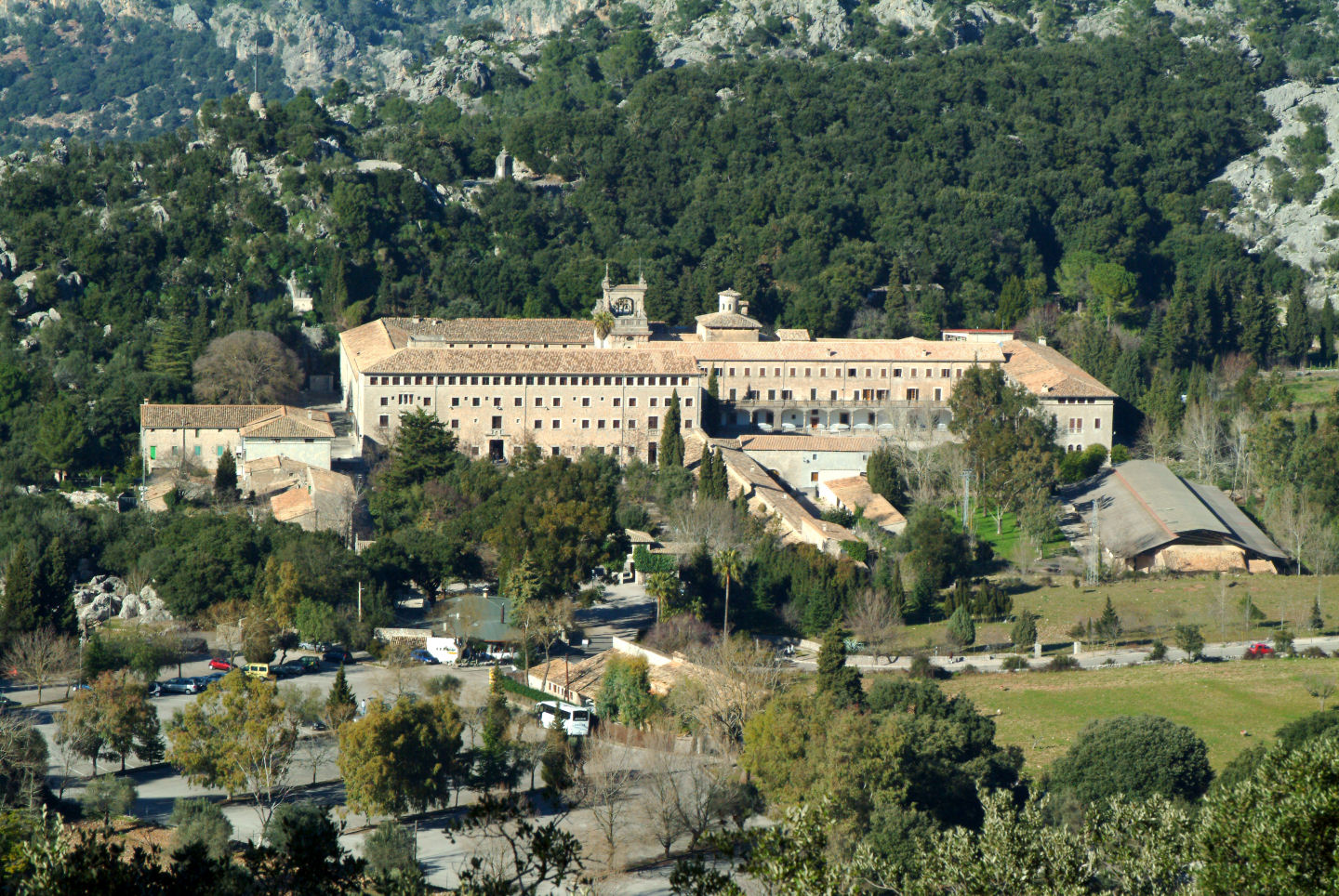
- Founded soon after Mallorca’s Christian reconquest (c. 1250).
- Home to one of the oldest choir schools in Europe (est. 1531).
- Pilgrims traditionally bring stones to mark their journey — small cairns line the trails.
- The name “Lluc” comes from an ancient word meaning sacred forest.
Is Lluc Monastery open to everyone?
Yes — visitors are welcome for sightseeing, prayer, or a quiet mountain retreat.
Can I hike part of the pilgrimage route?
Yes — park in Caimari or Campanet and hike the final stretch for a scenic approach.
Are guided tours available?
Yes, occasionally via local cultural associations, but the site is easy to explore independently.
